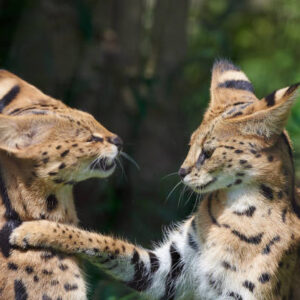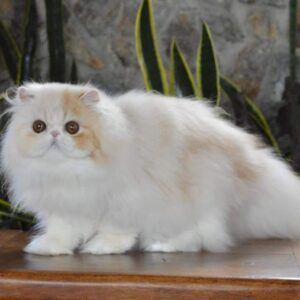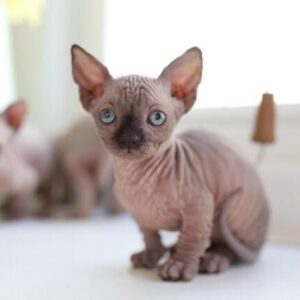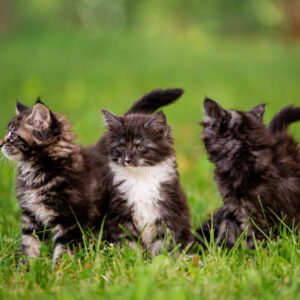Shop
Buy Caracal Kittens For Sale
$3,000.00
Buy Caracal Kittens For Sale. The caracal (Caracal caracal) (/ˈkærəkæl/) is a medium-sized wild cat native to Africa, the Middle East, Central Asia, and arid areas of Pakistan and northwestern India. It is characterised by a robust build, long legs, a short face, long tufted ears, and long canine teeth.
Buy Caracal Kittens For Sale
Buy Caracal Kittens For Sale. The caracal (Caracal caracal) (/ˈkærəkæl/) is a medium-sized wild cat native to Africa, the Middle East, Central Asia, and arid areas of Pakistan and northwestern India. It is characterised by a robust build, long legs, a short face, long tufted ears, and long canine teeth. Its coat is uniformly reddish tan or sandy, while the ventral parts are lighter with small reddish markings. It reaches 40–50 cm (16–20 in) at the shoulder and weighs 8–19 kg (18–42 lb). It was first scientifically described by German naturalist Johann Christian Daniel von Schreber in 1776. Three subspecies are recognised.
Typically nocturnal, the caracal is highly secretive and difficult to observe. It is territorial, and lives mainly alone or in pairs. The caracal is a carnivore that typically preys upon birds, rodents, and other small mammals. It can leap higher than 3.0 m (10 ft) and catch birds in midair. It stalks its prey until it is within 5 m (16 ft) of it, after which it runs it down and kills it with a bite to the throat or to the back of the neck. Both sexes become sexually mature by the time they are one year old and breed throughout the year. Gestation lasts between two and three months, resulting in a litter of one to six kittens. Juveniles leave their mothers at the age of nine to ten months, though a few females stay back with their mothers. The average lifespan of captive caracals is nearly 16 years.
Etymology
The name ‘caracal’ was proposed by Georges Buffon in 1761 who referred to its Turkish name ‘Karrah-kulak’ or ‘Kara-coulac’, meaning ‘black ears’. The ‘lynx’ of the Greeks and Romans was most probably the caracal, and the name ‘lynx’ is sometimes still applied to it, but the present-day lynx proper is a separate genus.
Buy Caracal Kittens For Sale
The caracal is also known as desert lynx and Persian lynx.
Local names
Its name in the Tigrinya language is ጭክ ኣንበሳ, ch’ok anbessa, which means ‘bearded lion’. In the Emirati Dialect of Arabic, its name is الوشق الصحراوي (al Washq al Ṣaḥrāwī), translating directly to ‘desert lynx’.
Felis caracal was the scientific name used by Johann Christian Daniel von Schreber in 1776 who described a caracal skin from the Cape of Good Hope.[9] In 1843, John Edward Gray placed it in the genus Caracal. It is placed in the family Felidae and subfamily Felinae.
Buy Caracal Kittens For Sale
Results of a phylogenetic study indicates that the caracal and the African golden cat (Caracal aurata) diverged between 2.93 and 1.19 million years ago. These two species together with the serval (Leptailurus serval) form the Caracal lineage, which diverged between 11.56 and 6.66 million years ago. The ancestor of this lineage arrived in Africa between 8.5 and 5.6 million years ago.








Reviews
There are no reviews yet.